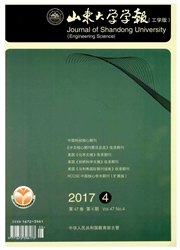
欢迎您!东篱公司
退出

 中文摘要:
中文摘要:
土壤和沉积物是有机污染物的最终归宿之一.在阐述了土壤和沉积物环境中多氯联苯(PCBs)的来源、迁移转化机理和对人类及生态环境的影响和危害的基础上,着重评述了国内外在土壤和沉积物中PCBs的分析方法和环境行为研究的前沿和动态,强调了进行14种类二恶英类多氯联苯(dioxin—like PCBs)和19种阻转多氯联苯(atro—pisomeric PCBs)研究的重要性,指明了PCBs基础研究和环境行为研究的热点和方向.
 英文摘要:
英文摘要:
Soils and sediments are the main final fate of organic pollutants. The sources, transportation and transformation mechanisms, the risks and hazards to the ecosystem and human health of polychlorinated biphenyls (PCBs) were introduced. The recent development in the analytical methods and environmental behavior of PCBs were presented. Emphasis is focused on the importance of studying 14 kinds of dioxin-like PCBs and 19 kinds of atropisomeric PCBs. The hot topics about PCBs basic and environmental behaviors research were also predicted.
 同期刊论文项目
同期刊论文项目
 同项目期刊论文
同项目期刊论文
 Interspecies variability of Dioxin-like PCBs accumulation in five
plants from the modern Yellow Rive
Interspecies variability of Dioxin-like PCBs accumulation in five
plants from the modern Yellow Rive 期刊信息
期刊信息
